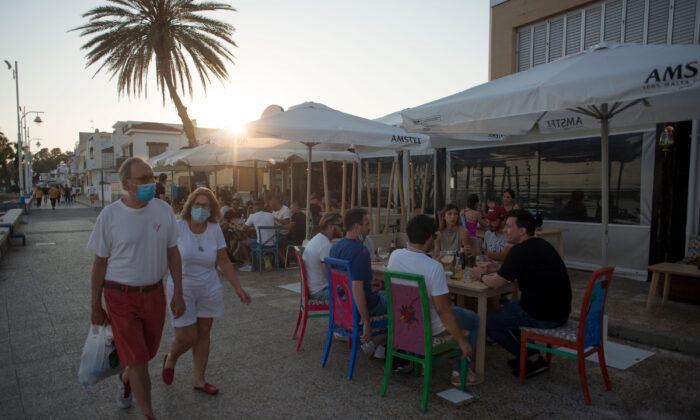Here are some of the measures:
GERMANY—Will lift a travel ban for European Union member states, Britain, Switzerland, Norway, Iceland, and Liechtenstein from June 15.
ITALY—Reopened its borders on June 3 to visitors from Europe, including the United Kingdom, unwinding one of the world’s longest and most rigid lockdowns. Travel to and from non-European destinations will remain prohibited until at least June 15.
SPAIN—Will reopen to international tourism from July 1. Authorities hope to allow holidaymakers from some low-risk countries to visit before that date, after a national state of emergency ends on June 21.
BRITAIN—People arriving from June 8, including British nationals and with very limited exceptions, will have to self-isolate for 14 days.
FRANCE—Has said it wants the European Union’s internal borders reopened from June 15 and has passed a law allowing it to impose quarantine on visitors from specific nations it deems necessary, with reciprocity a key factor.
AUSTRIA—Will lift all CCP virus-related border restrictions including quarantines from June 4 for new arrivals from all neighboring countries except Italy.
CYPRUS—Will allow visitors from Germany, Greece, and a number of other countries from June 9, provided they have a test up to three days before arrival showing they do not have COVID-19. That test requirement will be dropped from June 20. Visitors from the United Kingdom and Russia, two major markets, remain barred for now.
PORTUGAL—People arriving from all other European countries except Spain and Italy can enter freely and there are no quarantine requirements.
NETHERLANDS—Citizens of the European Union, Britain, Norway, and Switzerland can visit the Netherlands. Borders remain closed to non-European travelers until June 15.
CROATIA—Has opened its borders to citizens of Germany and nine other mostly east European EU states. Other EU nationals need a reason to enter, such as a tourist booking confirmation.
BULGARIA—Most European travelers are allowed to enter freely, but citizens of eight countries heavily affected by the pandemic, including Britain, Spain, and Italy, must spend 14 days in quarantine.
CZECH REPUBLIC—Will allow unrestricted entry for citizens of around 20 European countries from June 15. Visitors from about a dozen other countries including Britain, France, Italy, Spain, and the Netherlands will require a test or quarantine.
HUNGARY—Is expected to lift a state of emergency around June 20. For now, only foreign travelers from neighboring countries are allowed in and some face a two-week quarantine.






